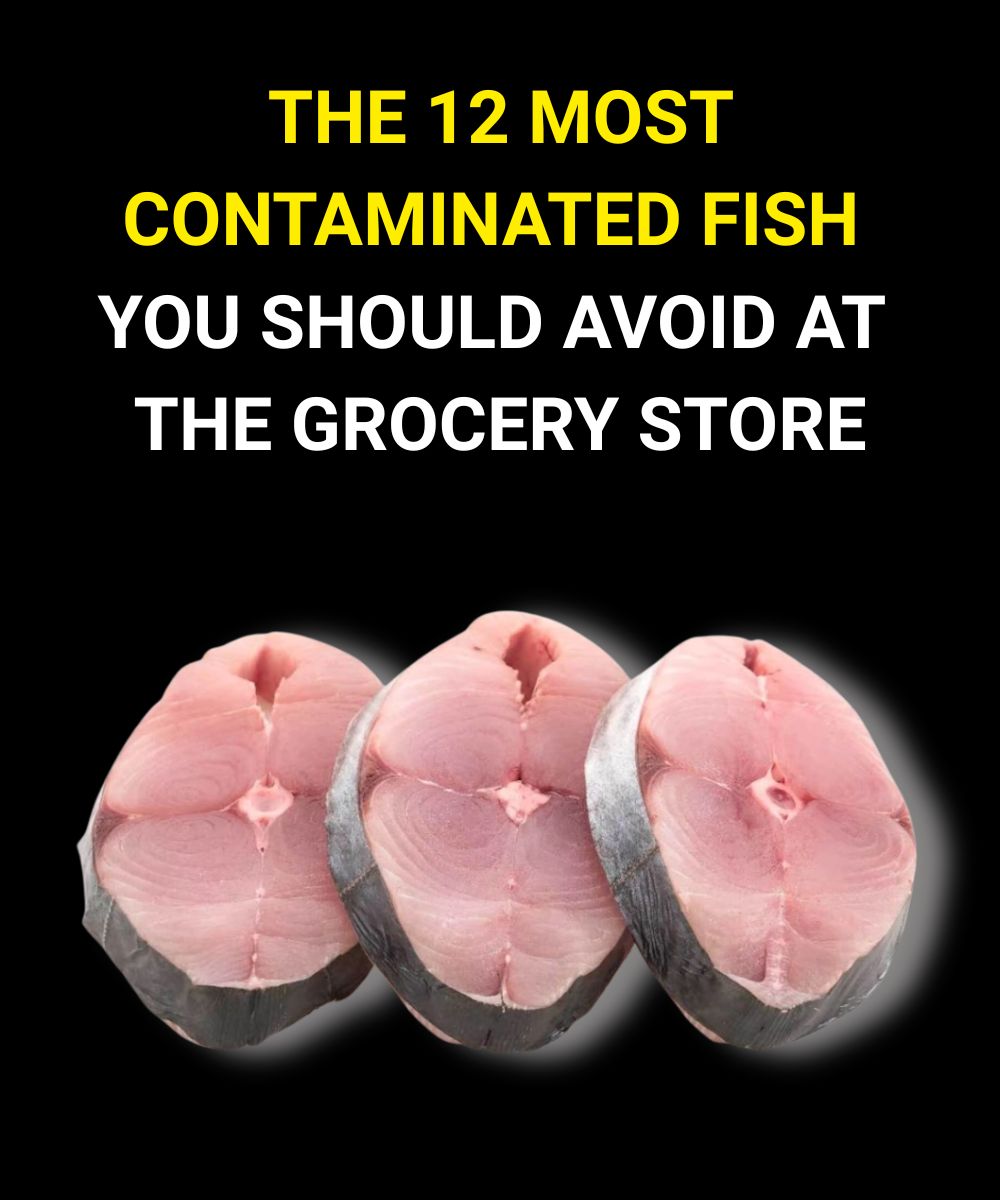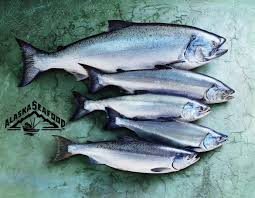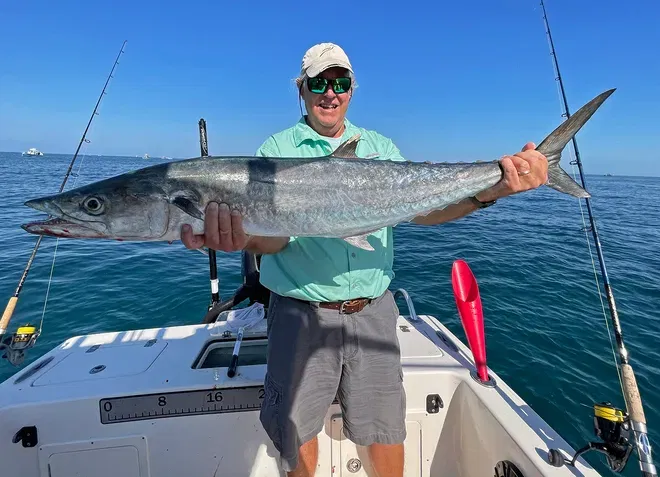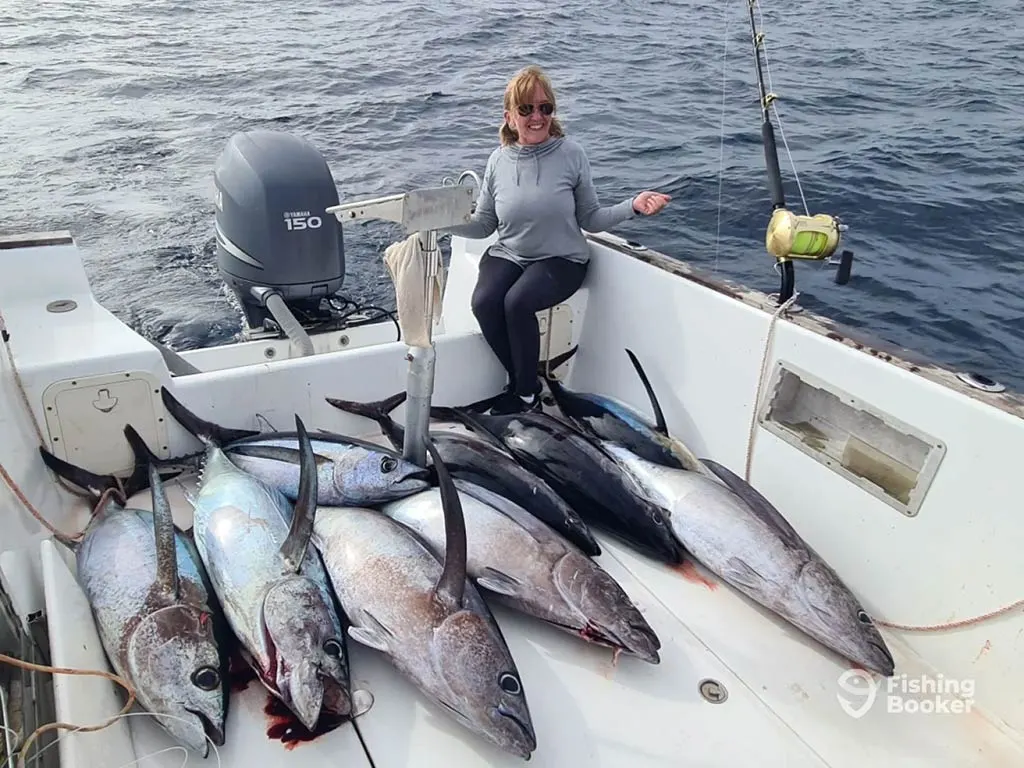
Fish is often praised as a healthy source of protein, packed with omega-3 fatty acids and essential nutrients. But not all fish are created equal. Due to pollution, farming practices, and environmental changes, some types of fish contain high levels of toxins that may pose serious health risks.
Before you add fish to your grocery cart, check this list of the 12 most contaminated fish commonly found in stores. Knowing what to avoid can help you protect your health.
1. Tilapia (Farmed)
Farmed tilapia often come from overcrowded fish farms where they are fed unnatural diets. Many farms use antibiotics and chemicals, and studies have found high levels of pollutants in farmed tilapia from certain countries.
2. Atlantic Salmon (Farmed)

Most Atlantic salmon sold in stores is farm-raised. Farmed salmon is often exposed to pesticides, antibiotics, and synthetic colorants to enhance its pink color. Tests have shown farmed salmon contains higher levels of PCBs (polychlorinated biphenyls), which are linked to cancer.
3. Swordfish
Swordfish is a predator fish, meaning it accumulates mercury from smaller fish it eats. High mercury levels can damage the nervous system, especially in children and pregnant women.
4. Shark
Similar to swordfish, sharks contain dangerous levels of mercury and other toxins like arsenic. Eating shark meat regularly can increase the risk of heavy metal poisoning.
5. King Mackerel

King mackerel is on almost every health authority’s “do not eat” list due to its high mercury content. It is especially dangerous for children, pregnant women, and nursing mothers.
6. Tilefish (Gulf of Mexico)
Tilefish from the Gulf of Mexico is among the most mercury-contaminated fish. It’s often recommended to avoid it completely, especially for those with health sensitivities.
7. Imported Catfish
Much of the catfish sold in grocery stores is imported from countries with lax food safety regulations. These fish are sometimes treated with antibiotics banned in the U.S., and may contain contaminants from polluted waters.
8. Chilean Sea Bass
Chilean sea bass is known for its buttery texture, but it’s also notorious for mercury accumulation. It is overfished, and much of the sea bass on the market is illegally caught or mislabeled.
9. Bluefin Tuna

Bluefin tuna is critically endangered, but it’s still found in high-end markets. It contains extremely high levels of mercury, making it a poor health choice despite its popularity.
10. Eel (Unagi)
Eels, especially freshwater eels, absorb contaminants from their environment. Studies have found high concentrations of PCBs and flame retardants in eel meat.
11. Orange Roughy
Orange roughy can live up to 150 years, which means it has more time to accumulate mercury and other toxins in its body. This deep-sea fish is also at risk of extinction due to overfishing.
12. Grouper
Grouper is prone to ciguatera poisoning—a type of foodborne illness caused by eating reef fish contaminated with toxins. It’s also known to have high mercury levels.
Final Thoughts
Fish can be a healthy part of your diet, but it’s important to choose wisely. Stick to low-mercury options like sardines, wild salmon, or cod. Always check where your seafood comes from, and opt for sustainably caught fish whenever possible. By avoiding the most contaminated species, you can enjoy seafood without putting your health at risk.
















